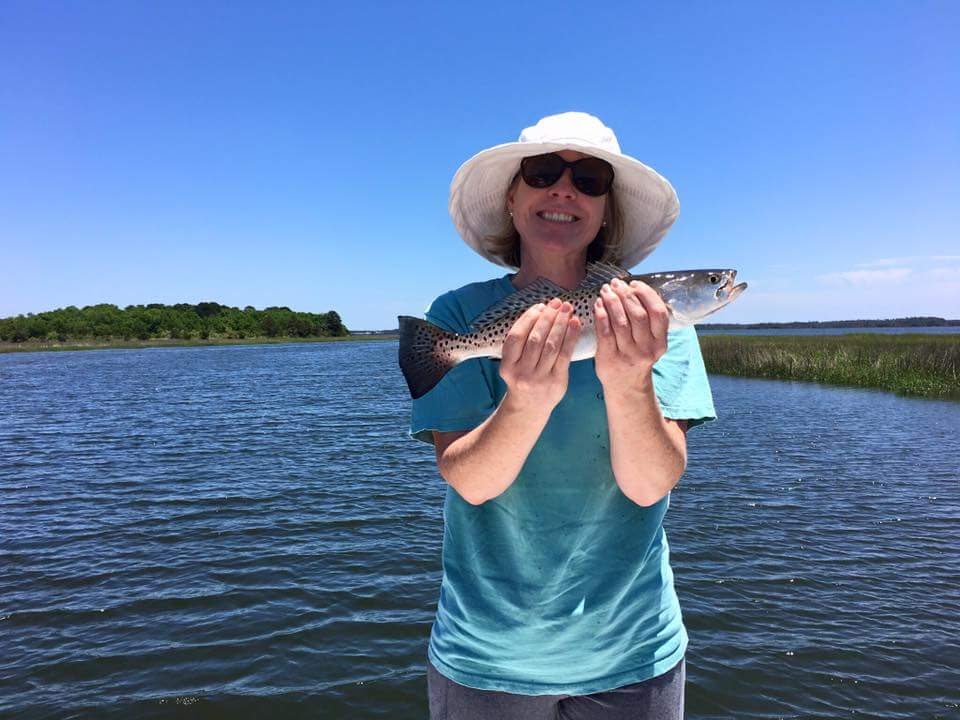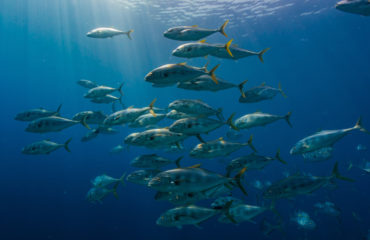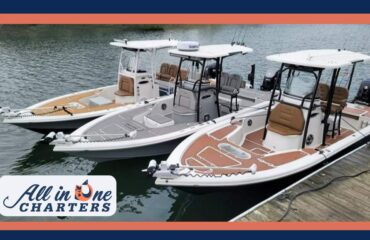Spotted seatrout are a highly sought-after gamefish. This might not be big news to you, but spotted seatrout are a member of the Drum fish family.
Names
Spotted seatrout is the common name endorsed by the American Fisheries Society. This fish has many other common names, including speckled trout, yellow mouth, speck, speckles, spec, truite gris (Louisiana French), trucha de mar (Mexican Spanish), spotted weakfish, spotted seateague, squetague, southern seateague, salmon, salmon trout, simon trout, winter trout, seatrout, Nosferatu fish, and black trout. Particularly large ones are nicknamed gator trout.
Dog-Like Sea-Fish
The scientific name for spotted seatrout is Cynoscion nebulosus which is derived from several Greek words. Cynoscion, Cyno means dog-like and scion means a sea-fish. The second, or species, name, nebulosus, means dark and clouded. When you put that all together, spotted seatrout are dark, clouded dog-like sea-fish. The dog-like reference comes from their canine teeth.
Description – Canine Teeth
“Its primary green and gray coloration also has shades of blue, white, and pink. The most distinguishable marking is the black circular spot located behind its head on the fins and tail. This fish also can be identified by its prominent canine teeth that resemble fangs. The Seatrout use these to impale their prey and swallow them whole. Their bodies are elongated and the lower jaw protrudes further than the upper jaw. They have no barbels, but just like their cousins, they make a croaking noise as a defense mechanism and to lure in the ladies”, reports The Online Fisherman.
Size and Life Span
The average size of spotted seatrout is 14 inches, 1.3 pounds. The world record is 17 pounds, 7 ounces. The South Carolina State Record set in 1976 was 11 pounds, 13 ounces.
Spotted seatrout live about 8-10 years.
Behaviors
Adults are ambush predators, making quick lunges to grab prey with their front canine teeth prior to swallowing it whole. They feed more heavily in the early to midmorning, and their prey is primarily shrimp and small fish. When they do feed, they regurgitate portions of food, which floats to the surface creating the oil slick that anglers look for when fishing.
Diet
Small trout eat large amounts of shrimp and other crustaceans. As they grow larger, their diets shift where they feed primarily on shrimp and fish, the larger, the better. Large adults also eat menhaden, spot, mullet, croaker, mud minnows, and occasionally grass and penaeid.
Habitat
Spotted seatrout are a common estuarine fish found in the southern US coasts from Maryland to Florida. Most of these fish are caught on shallow, grassy flats, in which they reside in virtually any inshore water.
They are found primarily in estuaries but move into nearshore ocean waters during cold periods. Adults hang out in salt marsh edges and over grass beds, creek mouths, channels, drop-offs, live oyster beds, and structures such as pilings, wrecks, jetties and stumps. They love depths of less than ten feet and prefer temperatures between 60 and 80-degree F.
How do you catch one?
Fishing early or late in the day is a key to catching them since they don’t like the heat of summer. When casting use top water lures or a jig and trailer. Large trout prefer deeper water around bridge pilings, rocks, and fallen trees. They also hide along shell banks that reach out from points, especially creek mouths.
For deeper water, trout will be on the bottom. Try a Carolina rig or a slip float and long leader and 1/4-ounce weight with a large, 3- to 5-inch finger mullet (or big mud minnow) strung onto size 3/0 Kahle hook.
Availability / Vulnerability to Harvest
The South Carolina Department of Natural Resources reports that “temperature and salinity influence distribution and abundance. In South Carolina, seatrout typically inhabit estuaries year-round, but may congregate to overwinter in deeper channels and rivers or in main estuary, possibly increasing fishing pressure. Excessive cold can result in mass mortalities. All life stages prefer moderate salinities; larvae are apparently susceptible to low salinities caused by periods of significant freshwater influx”.
Want to catch some spotted trout? Book your next fishing charter today!
Step on board with All In One Charters; Charleston’s top inshore fishing charter company. We specialize in customized inshore fishing charters; as well as nearshore, and offshore fishing. Join Capt. Ronnie for an action-packed day of saltwater fishing, exploring Charleston’s endless inshore waterways in search of top species like Red Drum, Trout, Flounder, Black Drum, and Sheepshead, as well as the chance of some exciting battles against big Bull Reds, or Hammerhead Sharks for some added adrenaline. Book your fishing charter today or call at 843-330-3272.



